1800 823 058 (AUS)
+84 922253888
Teeth whitening is the process of using compounds containing peroxide applied to the surface of teeth to improve the whiteness of the teeth. There are two ways to do teeth whitening. In a dental clinic or at home, depending on your needs and your dentist’s instructions. The effectiveness of these two methods is the same if done correctly, but whitening in the clinic is often preferred due to the short time, immediate results and the doctor will control the bleaching agent well, limit the risk of the bleach burning the gum.
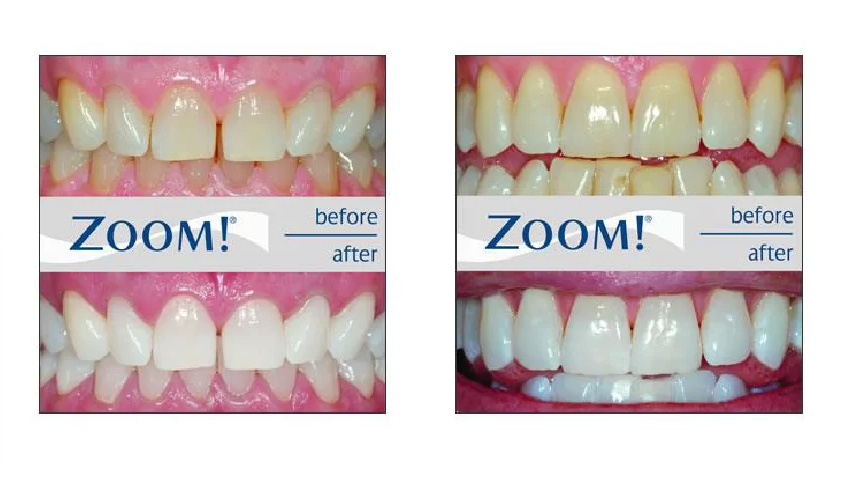
Teeth discoloration could be due to the following reasons:
In mild cases of discoloration, teeth whitening can be used to improve the whiteness of the teeth. In more extreme cases, patients need to consider crowns/ veneers.
About 90% of people are suitable for whitening, except for some abnormal tooth such as: poor mineralization, low production of enamel, severe degree of tetracycline infection…
Because the surface of the teeth has a thin layer of plaque, stickiness or tartar, it’s important to have your teeth professionally cleaned before being whitened. Professional teeth whitening can be done every year.
Overall, teeth whitening is considered safe. Whitening products have been around for a long time and millions of people use them. Some patients experience temporary sensitivity in your teeth or gums after you start using a whitening product, but the sensitivity tends to go away pretty quickly.
Most teeth whitening agents used at dental clinics are much stronger than the home whitening kits. Therefore, the application of the whitening agents needs to be carefully monitored by the dentist, otherwise there’s also a chance of burns to gums. For the at home whitening kits, if used excessively, they can harm tooth enamel.

At Worldwide Hospital we are currently using the whitening system Philips Zoom 2 (USA). This is the most popular whitening system in the US for many reasons:
Together with a team of dentists and modern facility, we are committed to the best quality and most comfortable treatment for our patients.
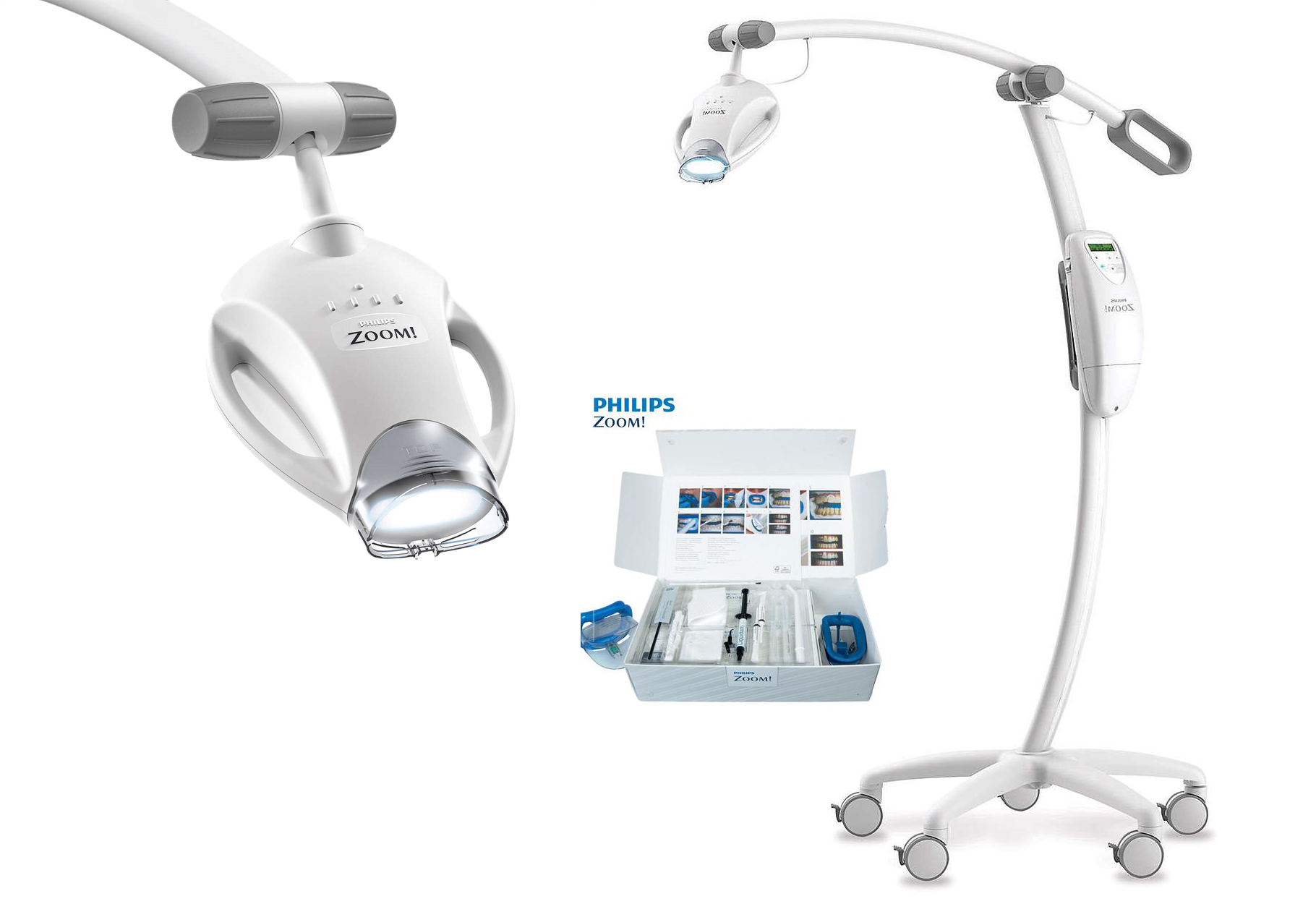
To understand root canal treatment, you need to understand the tooth anatomy. Inside your tooth, beneath the white enamel and a hard layer called dentin, is a soft tissue called pulp. This tissue contains blood vessels, nerves and connective tissue. When a tooth undergoes a root canal, the inflamed or infected pulp is removed and the inside of the tooth is carefully cleaned and disinfected, then filled and sealed. A fully developed tooth can survive without the pulp because the tooth continues to be nourished by the tissues surrounding it.
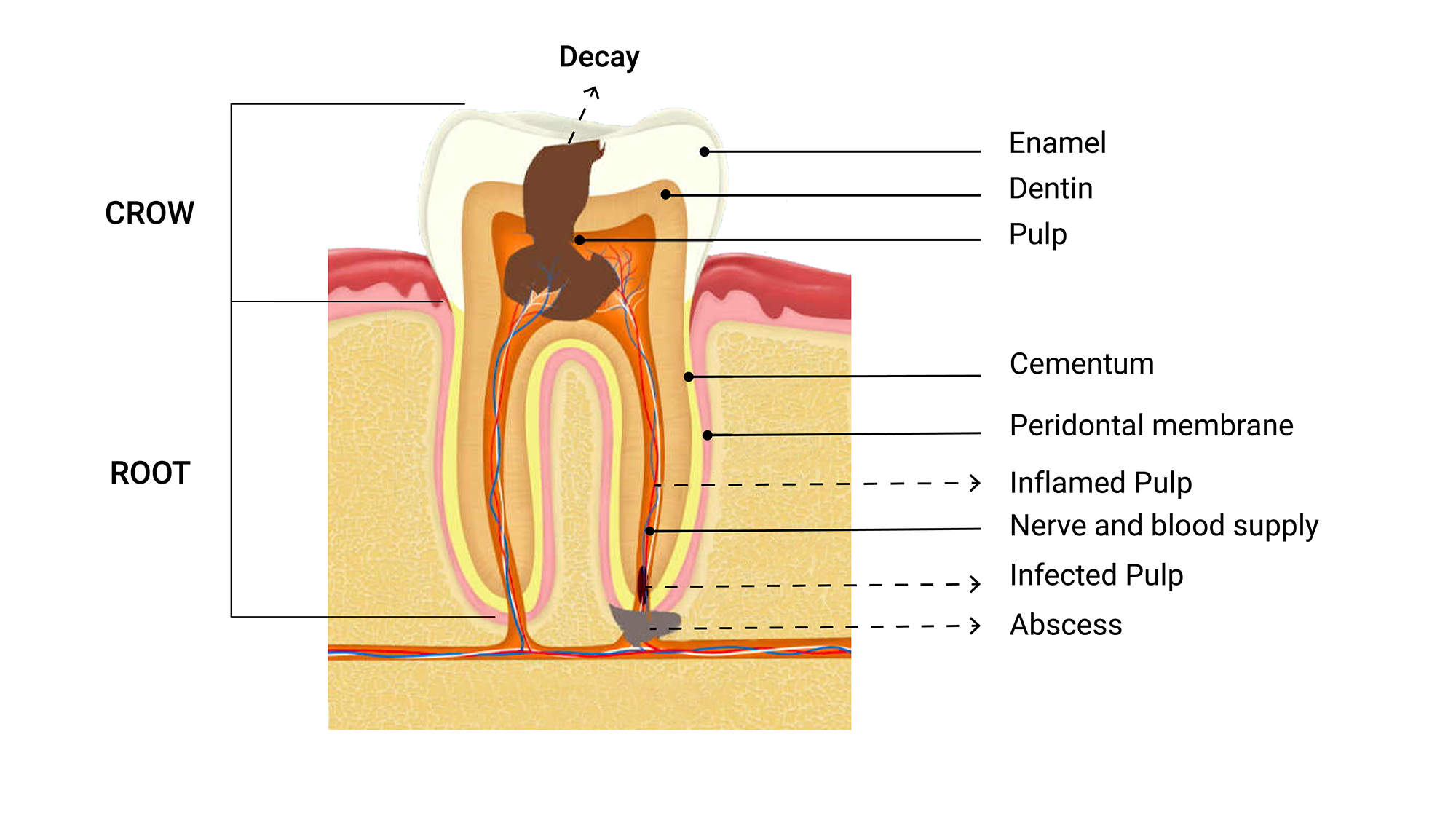
Indications that you might need root canal treatment: chipped/cracked tooth, deep cavity, discolored tooth, persistent pain, persistent sensitivity to hot and cold, swollen/infected gum. In some cases, you may need the root canal treatment for prosthodontic procedure if the tooth is too crooked or damaged.

At Worldwide Hospital, we are equipped with the latest equipment to make the treatment accurate, painless and completely comfortable during the treatment.
We have a 3D Cone-beam CT Scan that helps doctors determine the location and number of canals accurately and quickly, helping the treatment process safe, accurate and faster.
In addition, we have a Single-use Reciproc file system that helps doctor prepare canals very quickly compared to traditional manual treatment.
Especially in the case of teeth with difficult or severe infections, we have the Fotona Light Walker Laser system to help solve these cases optimally.
For patients who are afraid of pain or worried about dental treatment, we have anesthesiologists who perform a sedation or general anesthesia to help the process of root canal treatment pain-free, smoothly and safely.

Root canal treatment is a dental technique that many customers are interested in. The following content of the article will answer all of the questions thoroughly.
Root canal treatment for front teeth is a big deal for many people. If the front tooth gets infected, a root canal treatment is crucial in order to avoid potential complications.

Taking X-rays and examining the disease condition is the first step of every root canal treatment procedure. Through this step, the doctor will determine the level of infection in the pulp, and from there plan appropriate treatment.
Before anesthesia, the patient’s oral cavity will be carefully cleaned to remove bacteria and infectious agents.
Placing a rubber dam is a necessary step in a root canal treatment process. The rubber dam helps prevent treatment chemicals from entering the digestive tract.
After completing the above steps, the doctor will perform root canal treatment by opening a path from the tooth surface to the root canal, then slowly sucking out the dead pulp.
After removing the dead pulp, the doctor will clean the root canal then fill the pulp chamber with specialized materials.
Whether or not dental root canal treatment is possible for pregnant women is a concern of many customers when learning about this issue.
Is root canal treatment possible for pregnant women?
In fact, during pregnancy, hormonal changes make pregnant women susceptible to swollen gums, thereby increasing the risk of dental diseases more than usual.
In addition, tooth enamel deterioration, calcium deficiency and increased diet also cause plaque to form faster, leading to tooth decay and some oral diseases.
When suffering from pulpitis, early treatment is necessary to avoid widespread infection, help preserve teeth and limit pain.
However, for pregnant women, root canal treatment needs to be considered carefully since it depends a lot on her health as well as her stage of pregnancy.
Normally, root canal treatment for pregnant women can be performed in the second trimester of pregnancy, because this is the period when the fetus has stabilized and adapted to the mother’s body.
It’s absolutely not recommended to have root canal treated during the first or the last 3 months of pregnancy because at this time, the pregnant mother’s body is quite sensitive. During the last 3 months of pregnancy, the pregnant mother needs to rest a lot, since her body is heavy, and that can affect the effectiveness of the root canal treatment process.
Root canal treatment of tooth number 6 and tooth number 7 is also a topic that many customers are interested in.
On the jaw, teeth number 6 and number perform the main chewing function. In addition, since these teeth grow in a hidden position in the back of the jaw, they are often difficult to clean, which creates an environment for bacteria thrive, causing damage to dentin & cavities form over time.
Tooth decay in teeth number 6 and 7, if not treated early, will lead to tooth pulp damage. This is the reason we often have to get root canal treatment on tooth number 6 and 7.
For children, pulpitis causes persistent pain and greatly affects eating and daily activities.
Prolonged pulpitis will lead to many dangerous health complications. It’s even life-threatening, since bacteria in the pulp can move into the digestive system, causing harm to the body’s internal organs. Therefore, experts always recommend that parents receive early treatment for pulpitis for their children.
Root canal treatment usually takes 2 – 4 days for molars, where there are many root canals. However, it might take longer if the patient has some other oral diseases.
For front teeth, root canal treatment time will be faster, usually 20 – 30 minutes for the complete process.
Root canal treatment at Worldwide Dental and Plastic Surgery Hospital
Before performing a root canal treatment, the doctor will conduct anesthesia on the affected area, so during the procedure, the patient feels absolutely no sensation. Therefore, the unbearably numbing pain is completely blocked.
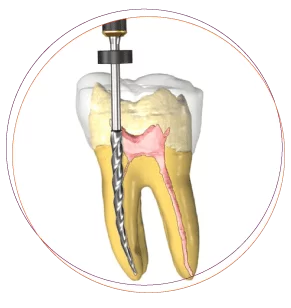
How much does root canal treatment cost is an issue that many customers are interested in. Patient will find pricing information for root canal treatment at Worldwide Hospital as below:
|
Root canal treatment for teeth number 1, 2, 3: |
1,200,000 – 2,000,000/tooth |
|
Root canal treatment for teeth number 4, 5: |
2,000,000 – 2,500,000 VND/tooth |
|
Root canal treatment for teeth number 6, 7, 8: |
2,500,000 – 3,000,000 VND/tooth |
|
Root canal treatment with ultrasonic waves: |
3,000,000 – 5,000,000 VND/tooth |
Root canal treatment is a necessary method for infected teeth. To learn more about this method, customers can contact Worldwide Dental and Plastic Surgery Hospital directly for advice.

Wisdom teeth are the third molars at the end of the jaw and are the last teeth to erupt. Most people have 4 wisdom teeth in the 4 corners of the jaw. Wisdom teeth usually begin to erupt from the gums between the ages of 18-25. At this time, 28 permanent teeth have fully settled, resulting in not enough space for the wisdom teeth.
In most cases, wisdom teeth become impacted because they don’t have enough room to come in or develop in the usual way. They can cause pressure by pushing the anterior teeth into crowding. In some cases, wisdom teeth may not cause immediate symptoms but are difficult to clean, causing accumulation of food and bacteria that cause tooth decay, periodontitis, bad breath, etc. Food accumulation makes the wisdom teeth and the adjacent teeth susceptible to decay. Wisdom teeth can also cause problems with crowding of the other teeth and therefore require orthodontic treatment to straighten other teeth.
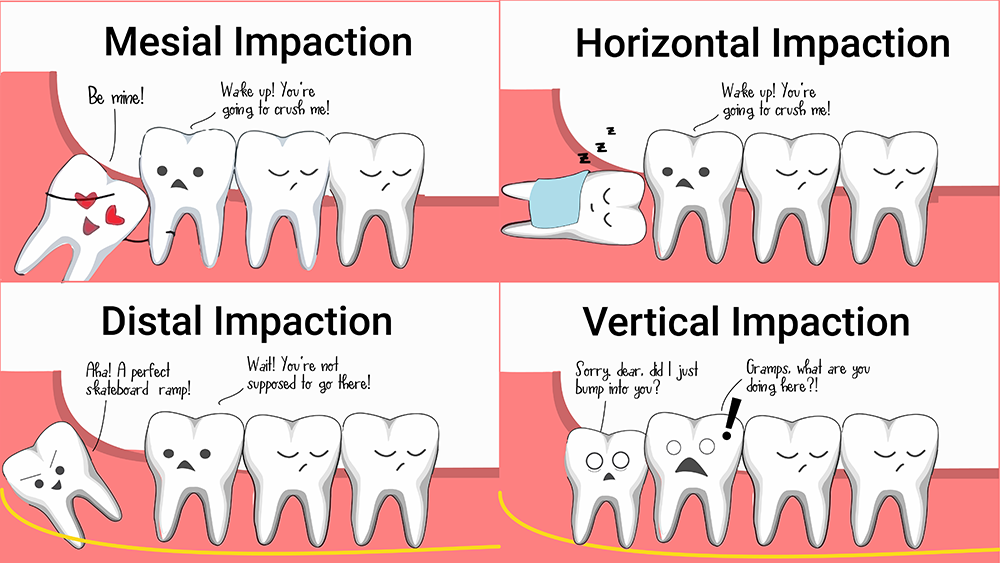
Wisdom tooth extraction can be performed with local anesthesia, or in combination with sedation, or general anesthesia in complex cases. The wisdom tooth extraction process becomes even more smooth and quick at Worldwide Hospital thanks to the application of modern equipment and technology:
Worldwide Hospital we are one of the few dental centers in Vietnam that can proudly perform painless wisdom teeth extraction under the support of sedation or general anesthesia. All 4 wisdom teeth can be removed in one procedure. There will be an anesthesiologist who will administer pain relievers and tranquilizers to make you completely comfortable during the extraction process.
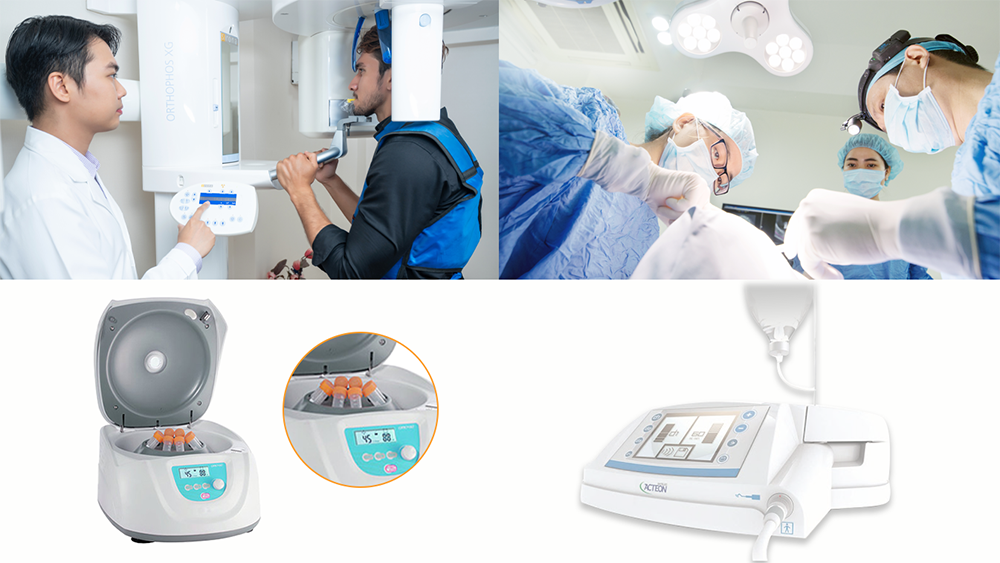
Step 1: Diagnosis and treatment planning: Examination, CBCT xray, blood test (to ensure patient is fit for surgery)
Step 2: Anesthesia performed by our Anesthesiology doctor and nurse
Step 3: Exposing wisdom tooth, tooth segmentation and removal using Piezotome machine
Step 4: Stitches to ensure proper healing. The stiches will be removed after 1 week, or either can be left in place if resorbable stiches are used.
In order to reduce the pain after the extraction procedure, the doctor will prescribe specific pain killers and anti-inflammation medications, as well as giving you a detailed post-op instruction. In case of sedation, you can go home after a few hours of recovery.

When you have gum disease, the pocket or space between the teeth and gums opens up, becomes wider and deeper, trapping tartar and plaque. A healthy set of teeth and gums has a pocket or space that measures 3 millimeters or under. If you have gingivitis or other gum problems the pocket gets wider (>5 millimeters away from your teeth and their roots). In this case, deep cleaning is necessary.
Signs of gum disease include persistent halitosis or bad breath, extra sensitive or increasingly sensitive teeth, loosening teeth, pain when chewing (especially harder or sticky foods), and a receding gum line.
Gum disease should be taken seriously. If left untreated, gum disease can turn into periodontitis, which lead to devastating result, such as loosing your teeth. Deep teeth cleaning can help reduce the size of the pockets and slow or halt the progression of gingivitis gum disease.
A deep teeth cleaning is a dental treatment designed to clean between the teeth and gums all the way down to the roots. During a standard dental cleaning, a dental hygienist or dentist cleans the front, back, and sides of the tooth above the gum line. This same process is performed during a deep teeth cleaning, but the dentist also continues down to the root of the tooth, below the gumline, removing tartar and other build-up from the “pocket” that have been formed between the root of the tooth and gums.

Dentist will take CBCT xray and examine your oral health to determine the extent of patient’s gum disease. Then a deep clean is performed, which involves two parts:


Snoring is not only a concern to those around but also significantly affect the health and happiness of the patient. People who constantly snore think that this problem is only a slight nuisance to the people around them and it does not affect their own health. However, many scientific studies have proven that snoring can lead to serious health problems such as stroke, cardiovascular diseases, headaches, decreased sex drive,…

Common snoring treatments include wearing an Anti-Snoring Mouthguard Device or having a Sleep Apnea Surgery…However, these methods still have certain limitations. Wearing an Anti-Snoring Mouthguard makes the patient uncomfortable while sleeping. The Sleep Apnea Surgery provides a long lasting solution, but it can be expensive and the recovery process can take long.
There is a quick and gentle solution that can solve up to 80-85% of your snoring problems, bringing back a good night’s sleep for you and your loved ones. In particular, the method of treating snoring and sleep apnea by Laser Lightwalker is highly recommended by the medical community with outstanding advantages.

This is a non-invasive and non-surgical treatment method, providing high efficiency with absolute safety. The method uses a laser to contract and tighten the uvula, the soft palate, and surrounding soft tissues inside the oral cavity. During the treatment, you will feel a warm sensation as the laser gently pulses, creating the desired collagen remodeling effect.
Usually, each patient needs about 3 treatments (30 minutes each) for about 2 months. After 3 treatment sessions, the problem will improve up to 85%. In which, the level of improvement after the first time is 60-65%, the second time is about 70-75% and the third time is 80 – 85%. In some cases, after the first treatment, if you are really satisfied with the results of the treatment, no further treatments are needed. Once the treatment is complete, you can return to your daily routine with no downtime or recovery time.
We are proud to be the first private hospital to bring perfection in oral health and beauty care services to customers. Worldwide Hospital always focuses on improving service quality and expertise in treatment, including Laser Lightwalker method. The investment in modern machinery and equipment such as Laser Lightwalker to treat snoring is quite a great expense. Not only that, our doctors also have to go to developed countries to take training courses and update new technology.

While we invested a lot, the cost of snoring treatment is much lower than other skin care and other beauty services… It can be said that this investment is not aimed at making profit, but Worldwide Hospital wants to bring a much gentler solution for patients with snoring problems, thereby improving their life quality.
Worldwide Hospital is currently having a promotion for laser snoring treatment: only $200 for one treatment, or $400 for the whole treatment (3 times), to help patients with snoring problems get easy access to this modern and effective technology.
Tooth decay is a very common disease whose treatment is also very simple. However, if not detected and treated promptly, it can lead to tooth loss.
In the mouth, sugar or starch is converted into sugar and then fermented by bacteria to form acids that attack tooth enamel and dentin. The destruction occurs continuously without stopping without timely treatment intervention. It then causes loss of enamel and dentin, forming holes in the teeth that we often call cavities or decayed teeth. Signs of tooth decay can be a cavity, a black or sometimes milky white spot on the tooth.
Depending on the level of tooth decay, the patient may have no symptoms, or may experience pain when eating and drinking. Some cases of severe pain are caused by bacteria attacking the tooth pulp, causing acute pulpitis or pulp necrosis.

Brushing teeth after eating and before going to bed is a simple and easy way to significantly reduce tooth decay. Limiting snacking on sweets and cakes during the day. Regular dental check-ups for early detection and treatment. Treatment for a tooth with decay but the pulp has not been affected will be very simple, fast, low cost, and highly effective.

If tooth decay is not treated, the loss of tooth substance will increase. At the same time, bacteria will grow into the alveolar bone, causing infection in the alveolar bone. In cases of severe infection, the tooth cannot be saved and must be extracted. Therefore, when tooth decay is detected, it is necessary to treat it immediately without hesitation. Depending on the condition of the decayed tooth, there are appropriate treatment methods:
Nowadays, the dental filling material commonly used is composite. However, composite discolors after a few years and does not retain well in cases of large cavities. Therefore, when the cavity is large, a better solution is to implement inlays or onlays, which are casts of gold or porcelain equal to the size of the cavity, attached to the tooth with adhesive material. The advantage of inlays and onlays is that they do not change color over time. In addition, patients with teeth of large cavities or teeth that have undergone root canal treatment can choose composite filling solution followed by a dental crown.

When you have sensitive teeth, certain activities can cause a short, sharp pain in your teeth. The pain occur when you consume hot, cold, sweet or sour foods and drinks, or even by breathing cold air. Pain can be sharp, sudden and shoot deep into tooth nerve endings. This condition is caused by the dentinal tubules being exposed in the oral environment.
Home remedies for sensitive teeth include using of specialized toothpastes, anti-sensitizing gels or mouthwashes in order to seal the dentinal tubules. Traditional treatments is somehow annoying because they take a long time of use to gain effect, and that certainly brings you a lot of trouble and discomfort. Moreover, in some serious cases, you may need to go through teeth trimming, then teeth filling to reduce the feeling of sensitivity. The Lightwalker Laser system, a modern technology in treating sensitive teeth, can fasten the process. It’s gentler, faster and way more effective. Anti-sensitivity process only lasts a few minutes for each tooth. Very accurate and simple.
Step 1: Determining the sensitivity area by using steam spray
Step 2: use LIGHTWALKER to shine laser on exposed dentinal tubule locations in the oral environment. Then, the heat effect of the rays evaporates the water in the dentinal tubules and burn the dentinal tubules, blocking the passage to prevent the water from running out. After that, the feeling of sensitivity can be eliminated immediately. In addition, thanks to the super small diameter of the laser beam, the laser can reach to locations in nooks and crannies between teeth – where anti-sensitivity medicine is very difficult to reach.
LIGHTWALKER’s effectiveness in preventing tooth sensitivity is significantly higher than other conventional methods. The effect of laser also helps kill bacteria in sensitive tooth areas, which affect the long-term results of treatment.

The common feeling after treatment is always satisfaction, since the sensitivity disappears very quickly after just one treatment. The discomfort when eating or drinking hot or cold foods is no longer there. Choose WorldWide Dental and Plastic Surgery Hospital for a wonderful experience, as we offer the best Lightwalker Fotona Laser for your teeth sensitivity treatment.

Composite filling for decayed and chipped teeth is an aesthetic dental procedure using tooth-colored materials to restore cavities. Additionally, composite can enhance smile aesthetics by altering tooth color and reshaping teeth with minor defects or slight misalignments.
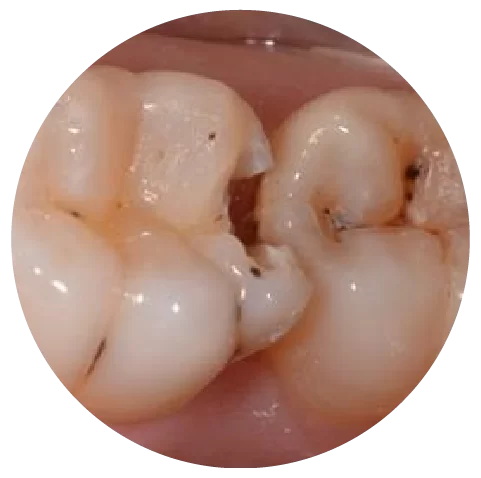
Teeth with small cavities not extending to the pulp, and teeth with deep fissures requiring preventive fillings.
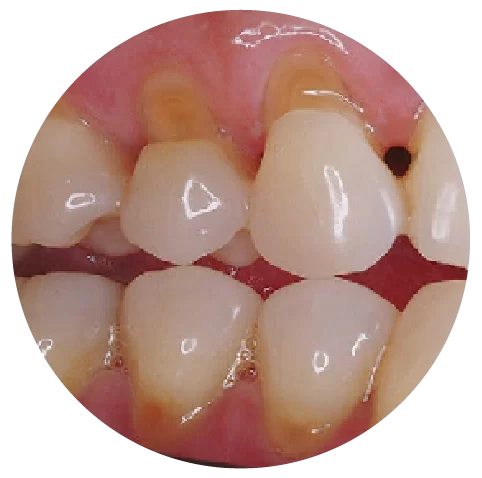
Caused by aggressive or improper brushing, resulting in wedge-shaped defects at the cervical area, leading to sensitivity to temperature changes and air.
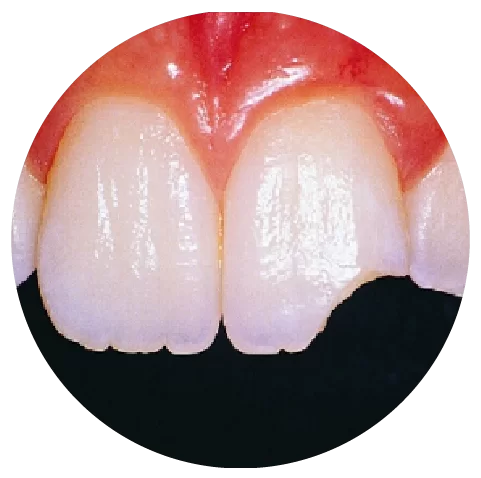
Teeth with minor fractures or chips due to impact require fillings to restore masticatory function and aesthetics.
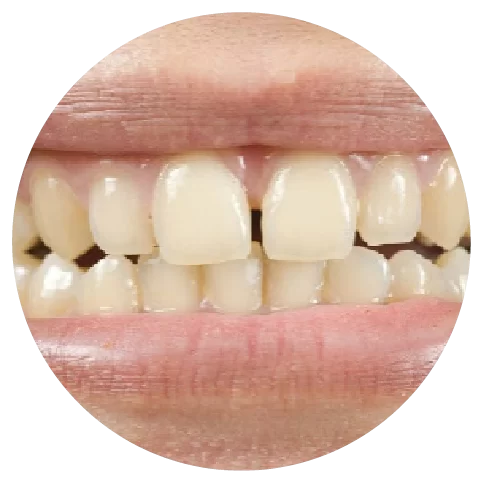
Dental fillings can be used to close gaps, restore shape, and improve tooth color.
3M Universal bonding adhesive: enhances composite adhesion and reduces post-operative sensitivity.
Composites from brands such as GC, Ivoclar, and 3M: provide increased durability and natural aesthetics for fillings.
Employing various dental instruments for sculpting and polishing, enabling efficient and precise procedures, reducing chair time, and enhancing the aesthetics of fillings.
Notably, Worldwide Hospital employs laser technology for filling procedures in cases of hypersensitive teeth.

Fillings for dental caries and fractures are recommended by dentists for patients with early-stage decay. So, what exactly are these fillings? How many types of dental fillings are currently available? What is the cost of fillings for dental caries and fractures? Let’s explore these issues in the following article.
Filling dental caries and fractures is a procedure using specialized materials to seal affected areas of teeth, aiming to restore tooth morphology and masticatory function.
Simply put, a dental filling involves using artificial materials to supplement missing tooth tissue, and this method does not affect the tooth structure as it doesn’t require grinding down the tooth.

Below are 4 types of aesthetic dental fillings commonly used today:
Amalgam is a dental filling material combining copper, silver, tin, and mercury. The advantages of this material are its stability, durability, ease of use, and high wear resistance. However, this material is less frequently used nowadays due to its color difference from natural teeth, compromising aesthetics after filling.
Composite is a dental filling material made from acrylic resin and finely ground glass particles. This material has good durability and fracture resistance, withstanding moderate chewing pressure. The main advantage of composite aesthetic fillings is that they match the color of natural teeth, providing excellent aesthetics.
Glass ionomer fillings are similar to composite fillings; however they lack strength and may erode over time.
Porcelain inlay fillings have the major advantages of natural color and high durability; thus the cost of this service is higher than other types of fillings.
The cost of fillings for dental caries and fractures varies, depending on the dental facility and the extent of tooth decay. The specific cost will be determined accordingly.
Filling dental caries and fractures is a relatively quick procedure that only affects the outer part of the tooth, so patients generally do not experience pain or discomfort during the process.
For cases of extensive decay reaching the dentin, local anesthesia will be administered before the filling procedure to ensure patient comfort.
Aesthetic dental filling is a method to improve tooth shape and chewing function. Many people prefer this method due to its cost-effectiveness and quick procedure time. So, in which cases should dental filling be performed? When is aesthetic dental filling needed?
Filling Dental Caries and Fractures
Aesthetic dental filling for caries and fractures is frequently recommended by dentists, especially for patients with early-stage decay where inflammation hasn’t penetrated deep into the dentin.
Filling caries and fractures as soon as a cavity forms is an effective method to prevent further decay and protect the tooth from dangerous complications.
Diastema (Gaps Between Teeth)
Diastema can cause self-consciousness during social interactions. While orthodontics or veneers can be costly solutions, aesthetic dental filling is considered an optimal solution for this condition.
Filling helps close the gap between teeth, addressing both aesthetic concerns and preventing food impaction – a common cause of oral diseases.
Dental Cervical Abrasion
Cervical abrasion causes tooth sensitivity. Additionally, the yellowish defects at the tooth’s cervical area can affect confidence. Dental filling to restore cervical abrasion can effectively improve this issue, providing you with even, beautiful, and natural-looking teeth.
Chipped Teeth
Chipped teeth occur due to impacts or accidents, compromising aesthetics and interfering with eating. In such cases, dental filling can be applied to restore the chipped area and regain tooth aesthetics.
Here are some notable advantages of aesthetic dental filling:
These are some advantages of filling dental caries and fractures. If you have any questions about this procedure, please contact our Customer Services team at Worldwide Hospital for assistance.
